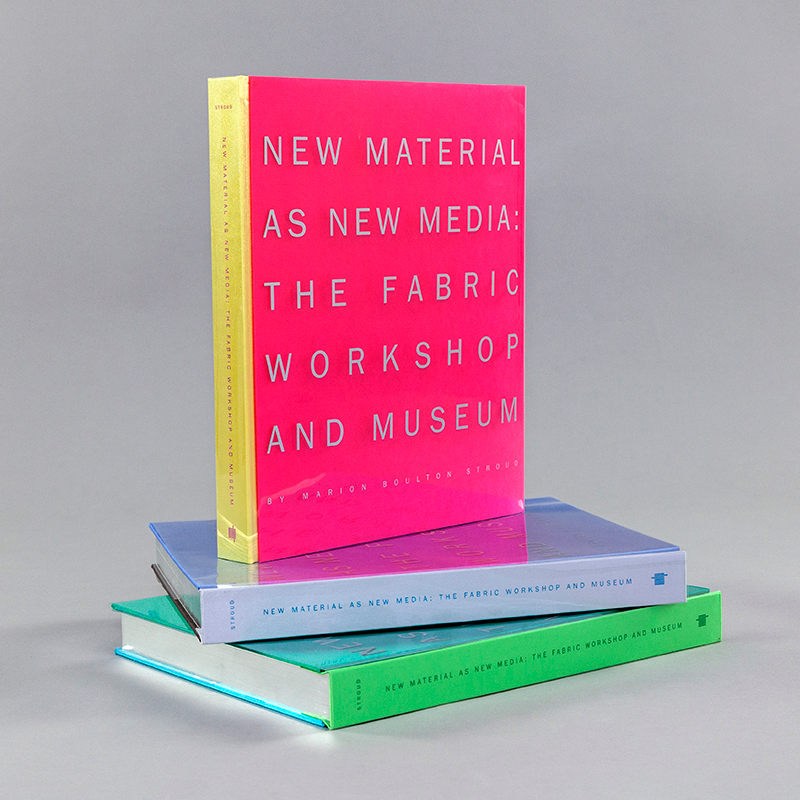Christine Borland often looks to science, or uses scientific theory, to investigate social, historical or political realities, and her two related projects created at FWM continued this interest. In Bullet Proof Breath and Nephila-Mania, Borland explored recent scientific research into spider silk, specifically the silk of the golden orb weaver spider, whose scientific name is “Nephila.”
The title Bullet Proof Breath refers to the tremendous strength of the golden orb weaver’s silk, and its potential as a material for bullet-proof vests. Despite the seemingly delicate nature of spider silk, under specific conditions, it defies its size and weight and demonstrates tensile strength greater than any other man-made or natural material. A representation of a bronchial tree made from glass is the primary form of Bullet Proof Breath, with clusters of its fragile branches wrapped with spider silk. The delicacy of the bronchial tree contrasts with the actual strength of the silk, alluding to the protection science hopes to coax from this natural phenomenon, but also to suffocation as this anatomical form connected to the breath is tightly bound.
Nephila-Mania is a set of video projections depicting the silking process of the large golden orb weaver spider, created by the artist and FWM in collaboration with scientists affiliated with a laboratory researching spider silk. The title alludes to 16th and 17th-century Southern Italian folklore, when “dancing-mania” afflicted those bitten by a spider. The legend suggests that people infected with this mania danced from town to town, believing that death awaited them once they stopped. The dance was named the tarantella because the belief at the time was that the malady was caused by tarantulas, though in fact, the culprits were black widow spiders. The audio track for Borland’s video is traditional tarantella music.


